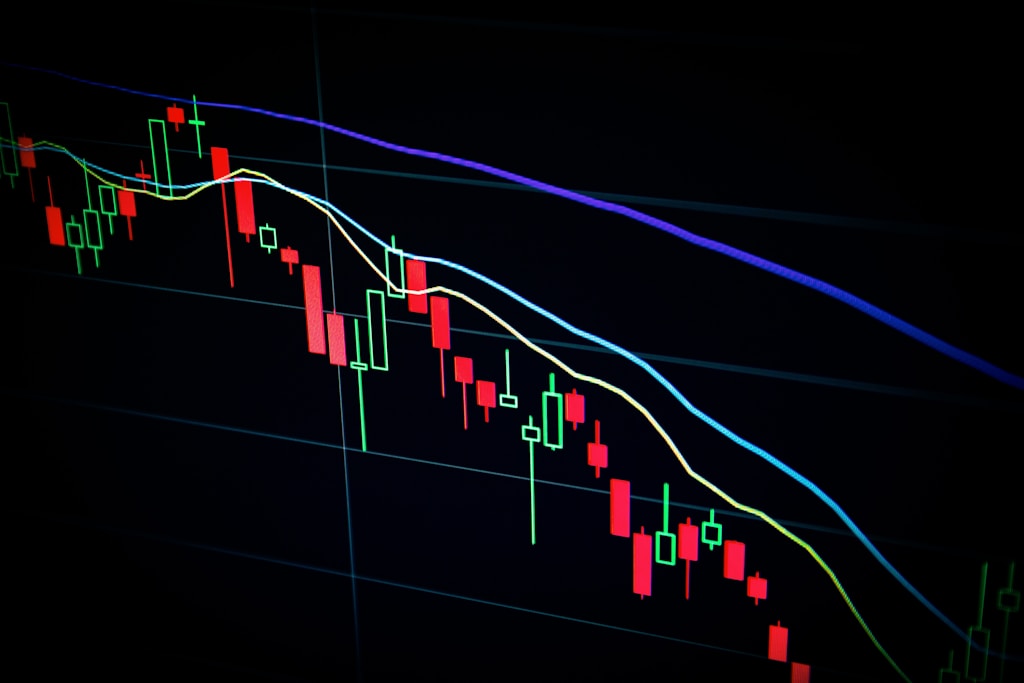Dogecoin (DOGE) faces mounting selling pressure as whale addresses offloaded over 1.32 billion DOGE tokens in just 48 hours, pushing the popular meme coin to test critical support levels. The massive selloff, worth approximately $185 million at current prices, comes amid heightened global market uncertainty and growing concerns over risk assets.
Data from blockchain analytics firm Santiment reveals that major DOGE holders have been aggressively reducing their positions, with the selloff coinciding with broader crypto market turbulence triggered by Trump’s new China tariffs. The meme coin’s price has declined over 70% from its December peak, currently trading at $0.14.
Technical Analysis: Critical Support Levels Under Pressure
The technical outlook for Dogecoin appears increasingly bearish as the price approaches the crucial $0.13 support level. This aligns with previous analysis warning of a potential 15% drop below this key threshold. Key levels to watch:
- Current Price: $0.14
- Critical Support: $0.13-0.15
- Next Support: $0.10
- 200-day MA: $0.25
Macro Factors Driving the Selloff
The accelerated whale exodus comes amid several bearish catalysts:
- Escalating U.S.-China trade tensions
- Risk-off sentiment in global markets
- Growing expectations of prolonged crypto bear market
- Technical breakdown below key support levels
What’s Next for DOGE?
For any meaningful recovery, DOGE needs to:
- Hold above $0.13 support
- Reclaim $0.15 resistance
- Break above 200-day MA at $0.25
FAQ
Why are whales selling Dogecoin now?
The selloff appears driven by deteriorating macro conditions, particularly escalating trade tensions and a broader move away from risk assets.
Could Dogecoin recover from here?
While possible, significant buyer support needs to emerge above $0.13 to prevent further downside. The next few days are critical.
What’s the worst-case scenario?
If $0.13 support fails, DOGE could test $0.10 or lower, potentially returning to bear market lows.




